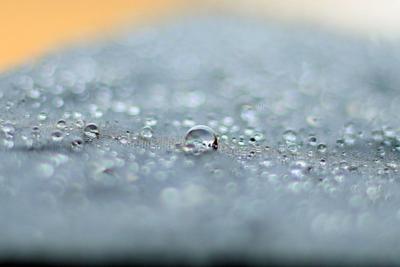As temperatures begin to rise and along with it humidity levels, it is important to keep an eye on moisture levels in your home. Mold growth, pest infestations, and many other issues can rise from too much moisture. While there may or may not be an odor, excess moisture is something to address as quickly as possible. If you notice peeling paint, wet stains, mold smells, dark spots, or extra headaches occurring, you may have a moisture issue. Here are some ways to reduce moisture in your home.
Update ventilation
Make sure your ventilation system is working properly. You will want to check the rooms of your home with the most moisture, such as the bathrooms and kitchen. If you don’t have vent fans in those rooms, you may want to consider installing them. Lack of air circulation can increase the possibility of growth from the moisture.
Invest in dehumidifiers
If you have crawl space areas or rooms that will not allow for a vent fan, you should consider a dehumidifier. They often work best in areas that are sealed off such as basements and attic crawl spaces. Crawl spaces under your home should have vapor barriers that lay on the dirt. This keeps moisture to a minimum and deters growth of mold.
Check you A/C unit
Air conditioning units are very helpful in removing moisture and humidity alongside their cooling effects. Have your unit serviced each season by a licensed HVAC vendor. They also may recommend other equipment to reduce problems caused by moisture.
Install weatherstripping, caulking or insulation
In a warmer environment with high-humidity levels, weatherstripping can be helpful to make your home airtight to keep cool air inside and warm air outside. Caulking can be used for surfaces that are in constant contact with moisture, such as showers and sinks, and not allow moisture to enter areas that it should not. Adding insulation can help maintain the temperature of your home, which may alleviate moisture areas.
Proper maintenance can add to the value of your home so stay on top of any and all moisture related issues within your home.


